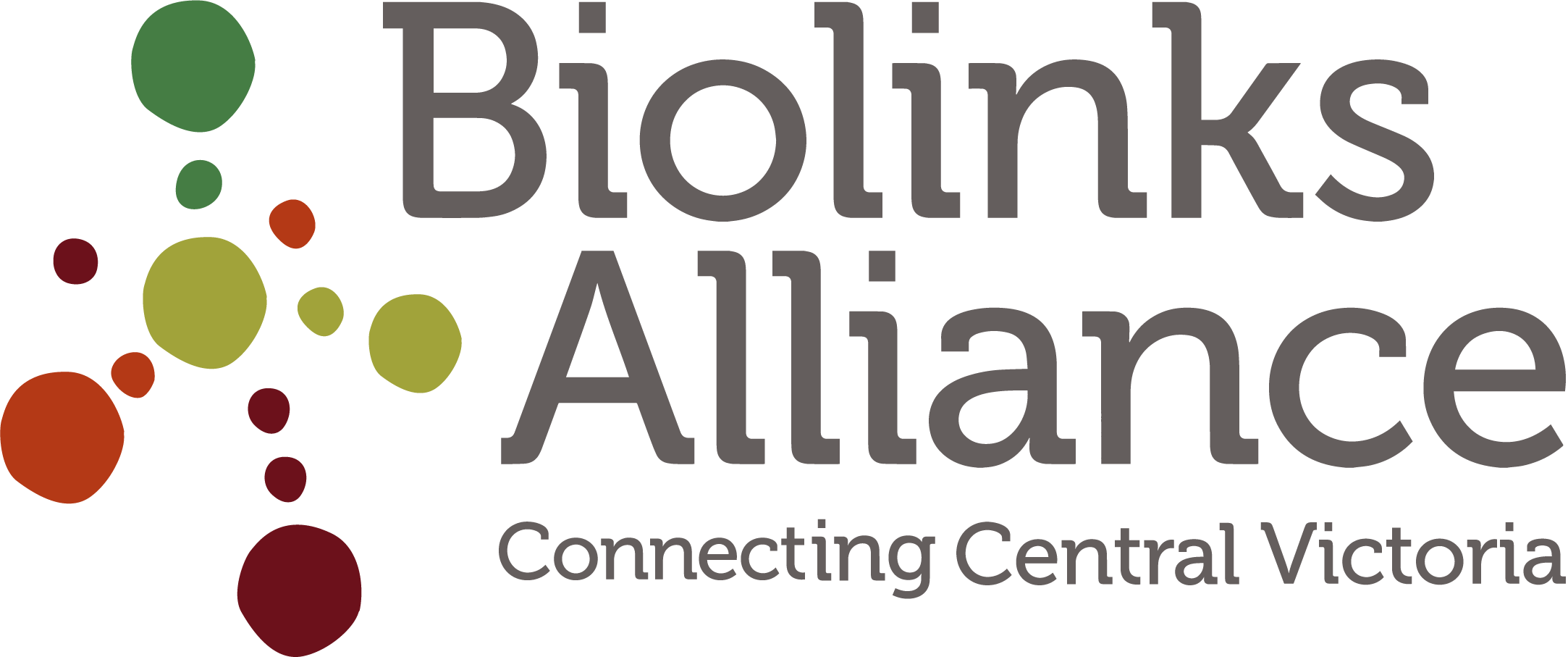Urban Parks
Most Australians live in cities and towns, and we do not generally think of urban areas as habitat for wildlife or places where we can enjoy nature. But that is changing. We are now recognising the values of nature in urban areas for human well-being, the survival of species and the ecological health of our urban environment. Healthy natural ecosystems can cool the air, filter pollutants, retain water and stormwater runoff, control pests, pollinate our plants - and help reduce carbon emissions and moderate the impacts of climate change. Urban areas are home to many native plants and animals including threatened species. Older trees are particularly important – in our parks and along roadsides.
Unfortunately, the spread of urbanisation with its “acres and acres of tar and cement” is destroying the natural values we want and need in urban areas. In areas with smaller allotments, there is little room for the big gardens and trees that have been a feature of older subdivisions. Where native vegetation is removed to make way for subdivisions, the present rules for “off-setting” – creating “equivalent” bushland somewhere else - is a very poor solution.
But we are doing more and more to create wildlife habitat both in our own personal spaces (see Gardens) and in our many community parks and gardens. With nature-sensitive urban planning and management, we can protect the best patches and create a matrix of natural areas in our cities. We can retain the valuable old trees and minimise their risks to people and property. We can provide stepping stones and corridors of trees and bushland for movement of species – including people. And we can enhance the natural ecological processes needed for a healthy urban environment.
What you can do
Imagine what your town or suburb could be with good planning and care for the environment. Read more about our choices. For example: Here’s how to design cities where people and nature can both flourish by Georgia Garrard, Nicholas Williams and Sarah Bekessy. 2018. The Conversation 24 October 2018. Or Benefits of Urban Trees from Food and Agriculture Organisation of the United Nations, 2016. . Link here.
Join a “friends” group to meet like-minded people and help support the people who are caring for your local environment. Visit the Victorian Environment Friends Network and explore the Friends Finder. Or contact the environment staff at your local Council about activities in Council parks and gardens. Join a local planting on National Tree Day at the end of July each year (find a local site through Planet Ark) or Clean Up Australia Day (through their website or local Council).
Get actively involved in working with your local Council to support planning decisions that include open-space contributions and protection of natural features, and support budgeting for parklands and open-space programs.
